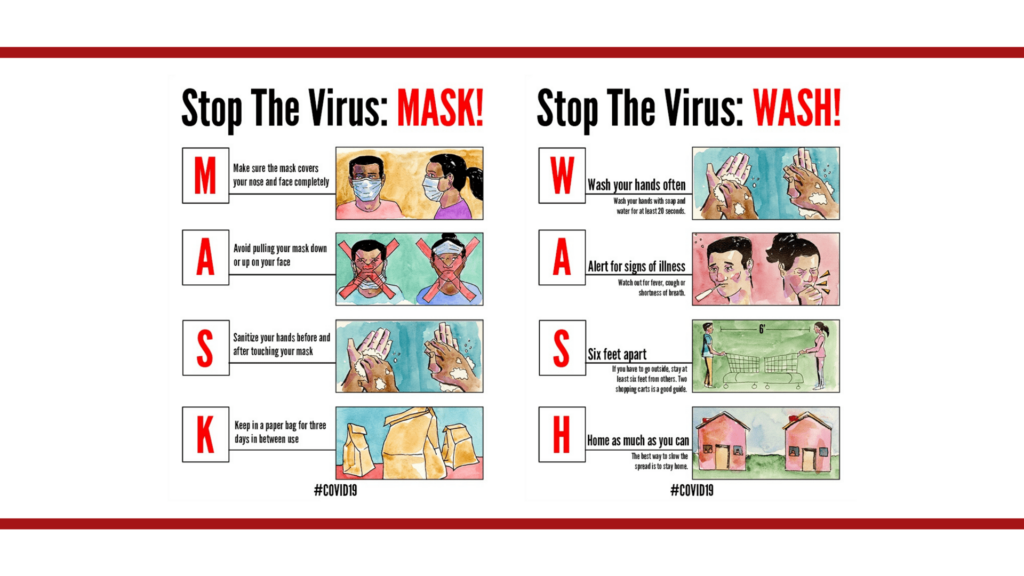Access to clear and accurate health information is crucial to combatting epidemics. At a time when the Centers for Disease Control recognize “a disproportionate burden of illness and death among racial and ethnic minority groups,” there is a strong need for effective public health communication that reaches all individuals, including vulnerable populations.
Ian Wood, a fourth-year medical student at Washington University School of Medicine in St. Louis, is working with his educators and mentors to create materials that reach high-risk communities around St. Louis.
“From a research perspective, I am interested in how storytelling and visual media engage community members,” states Wood. He explores these questions through multimedia projects, which he creates both for classes and for the work he does beyond the classroom.
Wood is a student in the Master of Population Health Sciences (MPHS) program, where he is studying the principles of shared decision making and health literacy with Mary Politi, PhD, Professor of Public Health Sciences in the Department of Surgery.
“Shared decision making is an approach to clinical decisions that empowers patients and families to understand health information, explore their preferences, and collaborate with clinicians to make evidence-informed decisions that meet their needs,” Politi says. “Health literacy is one’s ability to understand, interpret and use health information to support these decisions.”
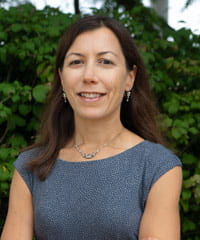
Wood has a passion for science and medicine, but has known for much of his life that he wanted to create art. Studying population health sciences has provided an opportunity for him to apply both of these interests simultaneously. As part of his coursework with Politi, Wood created informational handouts with acronyms and images crafted to clearly communicate important health information to high-risk communities who might not otherwise see health messaging.
Victoria Fraser, MD, Chair of the Department of Medicine, arranged the printing of 5,000 WASH and MASK handouts, which were distributed in PPE kits to the unhoused, nursing home staff, low-income housing units and the PrepareSTL team.
“The best part of this work,” Politi recognizes, “was creating graphics and using simple language to communicate complex information, breaking it down into actionable, memorable parts that the public can use to understand COVID prevention strategies about hand washing and mask use.”
Thanks to @WUSTLmed Dr. Fraser and team for getting these printed. The amazing @Ian_S_Wood made these incredible graphics inspired by @mcpoliti class!! This is true academic community partnership and we are grateful at @TheT5874Delmar !! WASH+MASK=StopTheVirus pic.twitter.com/KA8vcNO33s
— Dr. Punch (@laurie_punch) April 16, 2020
WASH+MASK
Wood’s experience combining artistic ability and medical knowledge is not new. For nearly two years, Wood has been Artist-in-Residence at Power4STL—a non-profit collaborative of health professionals and students working to reduce the impact of trauma, injury and violence. Mentored by LJ Punch, MD, Acute and Critical Care Surgeon and Associate Professor of Surgery, Wood has created visuals that tell stories and educate viewers about trauma care and prevention strategies.
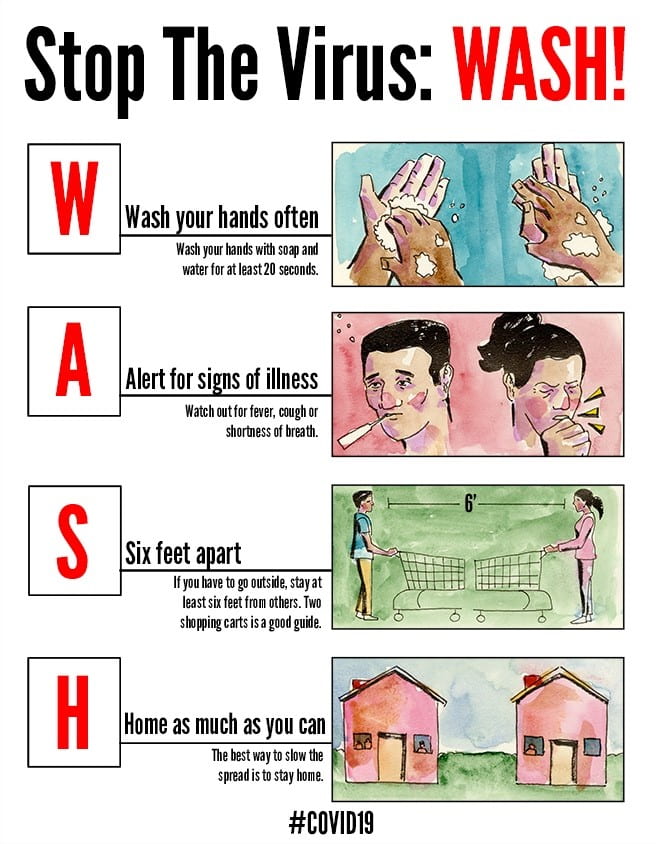
Part of this creation process is understanding what imagery and character depictions will resonate best with the intended audience. Whether it is a video about proper tourniquet application or an informative comic, Wood explores these questions throughout his work.
“Communicating information and communicating emotion are different things,” Wood asserts. “With the WASH and MASK info cards, the goal is to make everything as clear as possible. The illustrations are simple.”
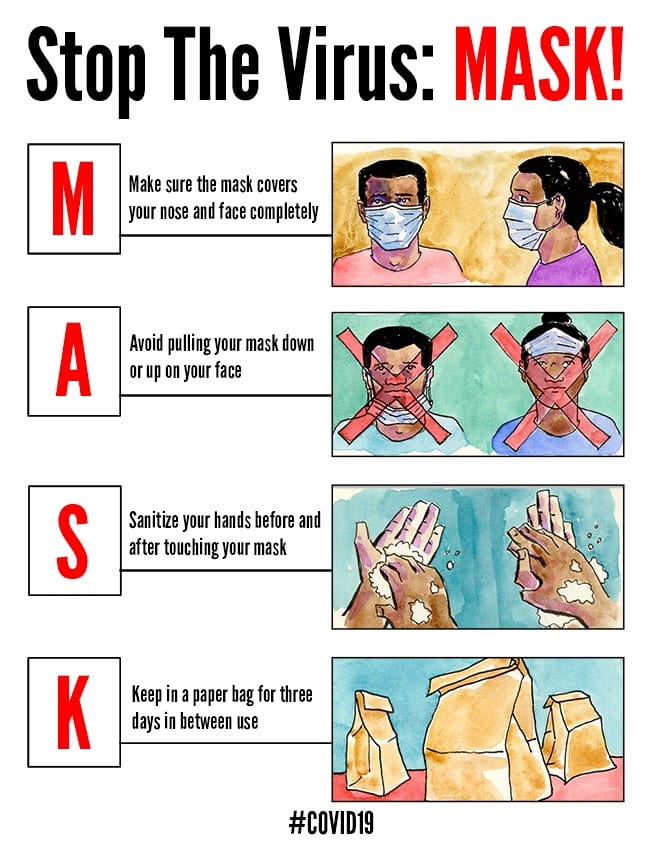
Punch, who is the founder of Power4STL and teaches Stop the Bleed classes at “The T” anti-violence center, says that Wood’s work has made a massive impact on the group’s ability to spread their message and carry out their mission.
“Before Ian came on board, I was trying to find ways to work
with actors, sets and producers, and it was financially unrealistic,” Punch
says. “It just seemed impossible to think about, but Ian has helped us develop
an entire body of literature.”
Now, the texts and other media Wood creates is being requested by community
outreach workers around St. Louis and beyond. The impact continues to grow as
his WASH and MASK handouts appear in community centers and public spaces around
the city.
While the WASH and MASK handouts were created as a timely response to the growing pandemic, this is the product of years of hard work and collaboration between Punch and Wood.
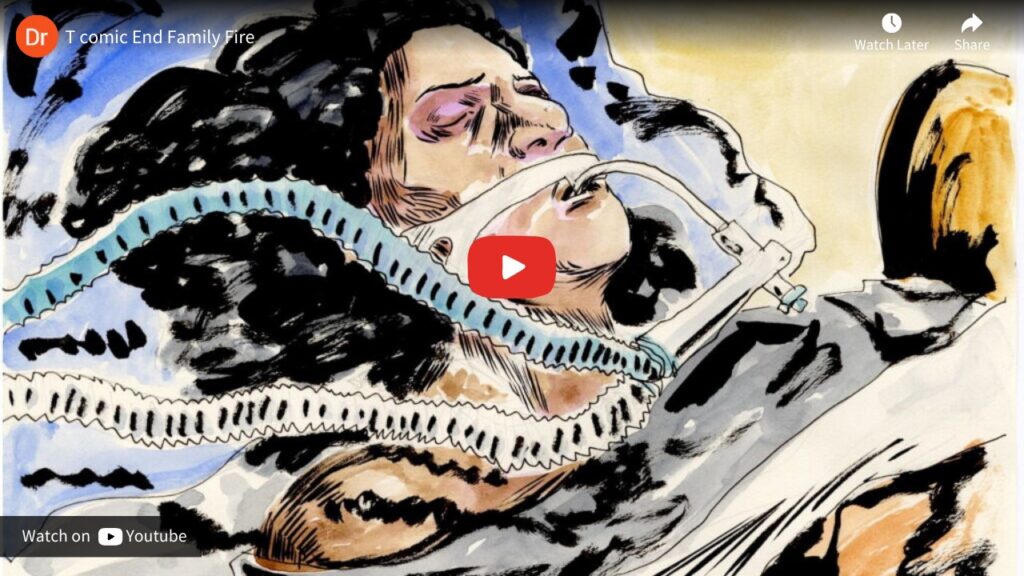
“The agility that we have displayed in creating the content for this Stop the Virus project really began two years ago, with the foundation we created,” Punch says. “Ian and I had a shared interest in surgical care. We had identified a slow-burning epidemic of gun violence in St. Louis. The existing educational material around harm-reduction for gun violence was completely unrepresentative of the folks who are at highest risk for gun violence.”
Punch and Wood created an entire body of imagery and messaging for harm reduction in the setting of gun violence, representative of those at highest risk.
“Recognizing violence as a public health problem and not a personal choice or character flaw,” Punch says, “I realize that the reverse is true as well: When we think of a virus, we should expect it to act the way bullets act in St. Louis, and the way violence perpetuates in St. Louis, and follow very similar patterns of vulnerability, and disproportionately affect North St. Louis as well as black folks in the region. In fact, that’s exactly what’s happening.”
“It Feels Like a Flood”
To address these issues, Wood creates art that tells a story.
“My relationship with art has always been connected to storytelling,” Wood says.
Inspired by the graphic novels of Jeff Lemire and Dave McKean, Wood saw how the combination of images and text could tell a story that resonates with readers.
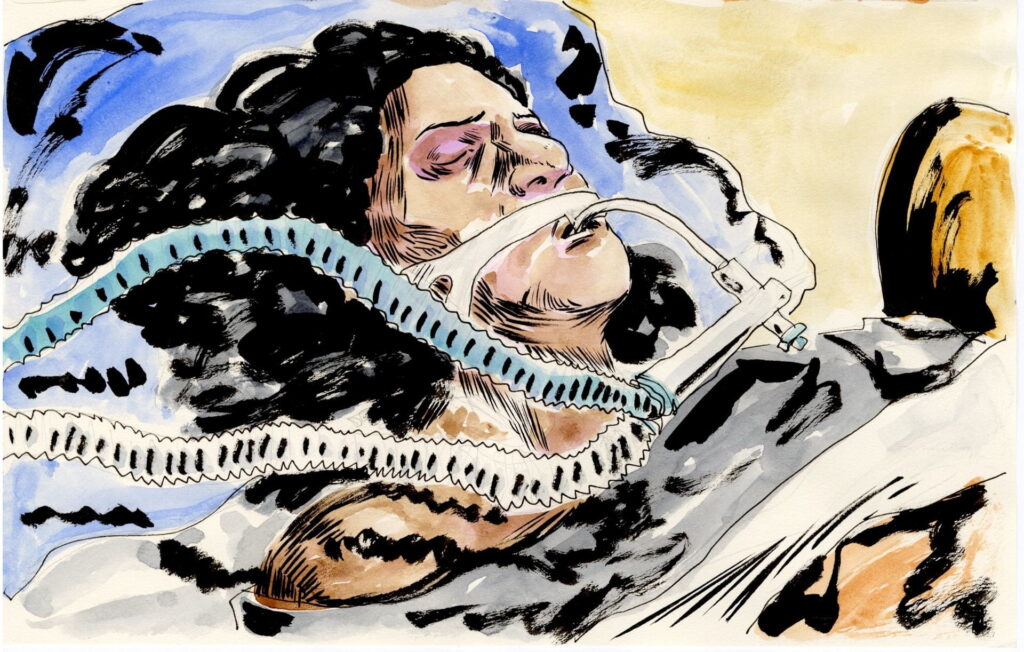
“The goal is to create representations that allow the audience to see themselves in the characters,” he says. “Marcel Proust talks about how people have more sympathy for the character in a novel if they are able to imagine themselves in that character’s position. I’m trying to do something similar, graphically, by making the depictions of characters open for audience interpretation.”
Not all of Wood’s creations for the Stop the Virus have been as strictly informational as the WASH and MASK pieces. Inspired by a message that Punch sent him after caring for patients in the intensive care unit (ICU), Wood created the visuals for a video that blends spoken word and instrumentals with his illustrations.
It feels like a flood
— Dr. Punch (@laurie_punch) April 22, 2020
And this is the depth of the water.
The patients just float and can’t breathe
And tubing comes down to them from ventilators on dry land
And all the staff just hold our breath until we are done with the shift.#COVID19 @Ian_S_Wood @TheT5874Delmar pic.twitter.com/pIr8NmztTX
“Dr. Punch made it clear that, because of how contagious and deadly this virus is, even if you know somebody who is in the ICU, is intubated, struggling to breathe, has to be flipped over or prone in hopes that they can breathe better, you don’t see any of that. Even if they recover, they may not be able to fully describe that experience to you. This is depersonalizing the patients, making it harder for people to identify with the virus. That’s why I am so focused on creating that emotional connection for the viewer,” Wood says.
Whether it is for an MPHS class, or for community engagement through Power4STL, Wood’s art creates a lasting impact—an emotional, informational, narrative connection of medical and artistic messaging.
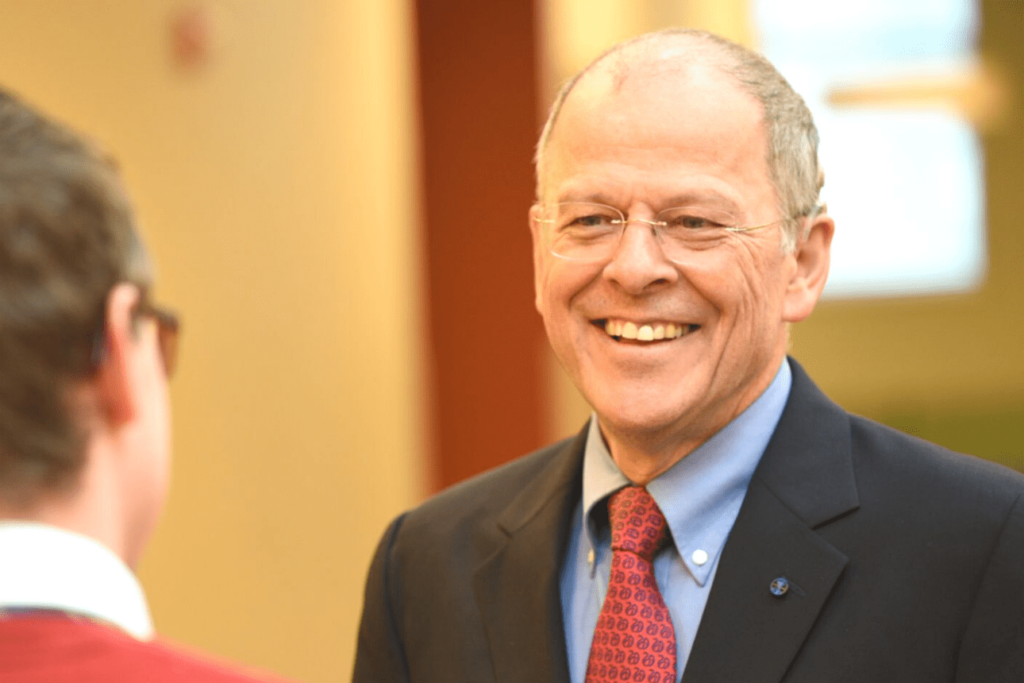
“At the heart of public health sciences is an aim to prevent disease, promote population health and improve quality and access to health care,” says Graham Colditz, MD, DrPH, Chief of the Division of Public Health Sciences. “This is an excellent example of the public health initiatives that can be accomplished through collaboration.”
The MPHS program trains physicians, public health researchers and medical students from all specialties using a population health research curriculum that covers clinical epidemiology, biostatistics, clinical outcomes, randomized controlled trials, implementation science and more. The program provides a combination of didactic training and hands-on experience to apply new skills, allowing opportunities for students like Wood to create deeply impactful projects.
Wood will soon begin a general surgery residency in July at Henry Ford Hospital in Detroit. Punch looks forward to continued collaboration with Wood as he advances in his medical training and spreads the knowledge he has gained about storytelling and public health to other communities nationwide.
